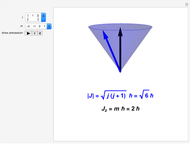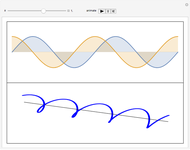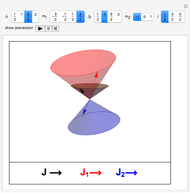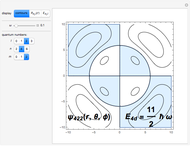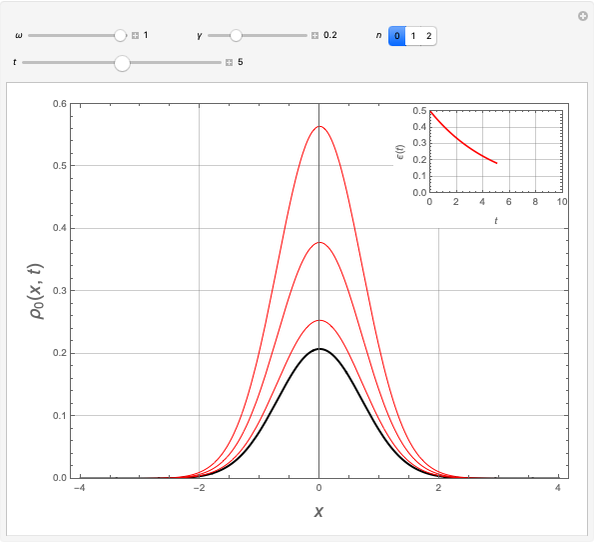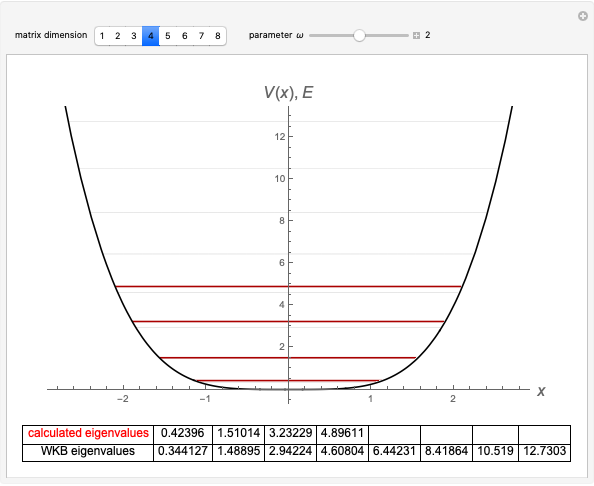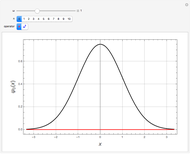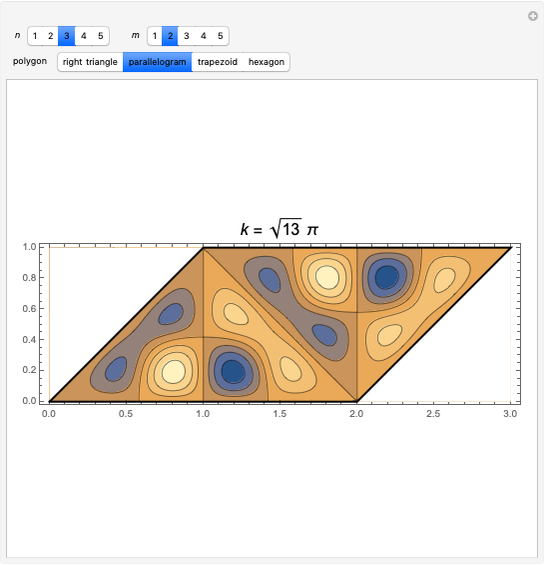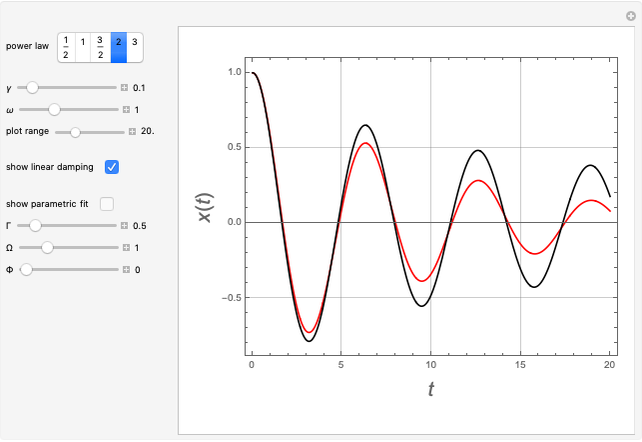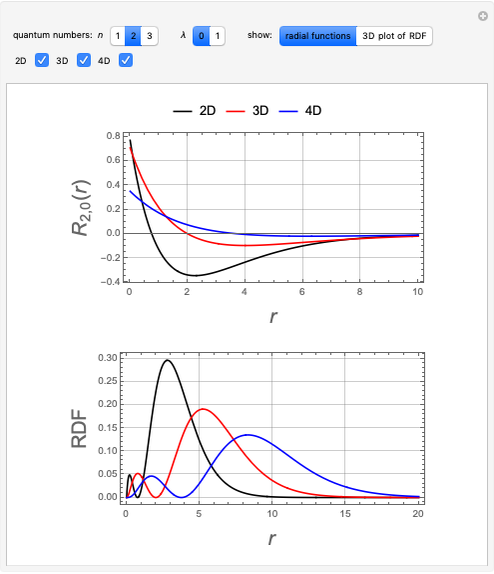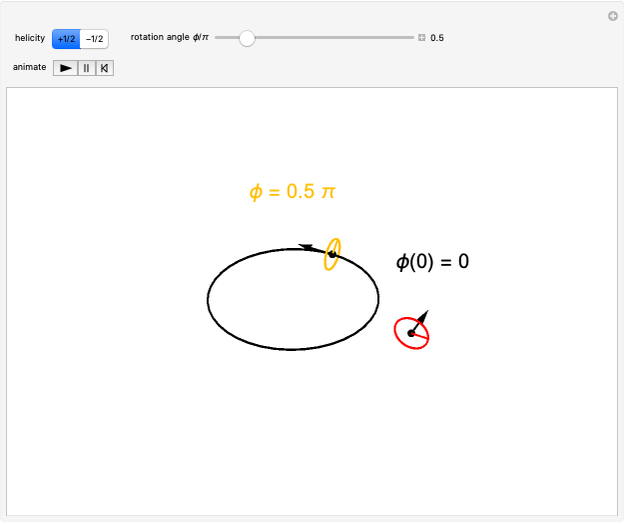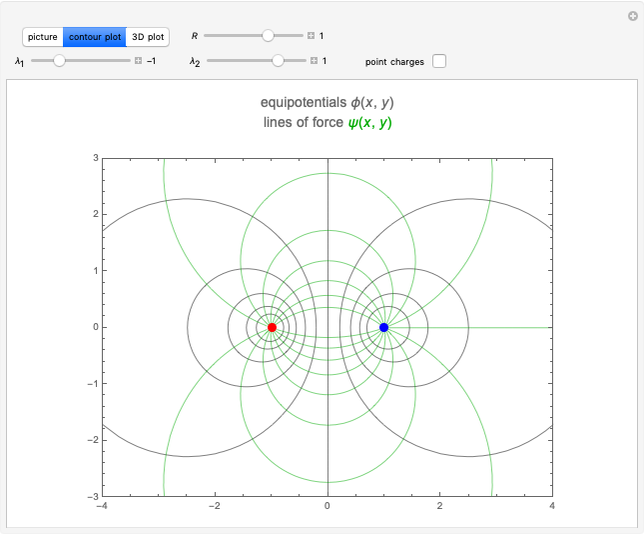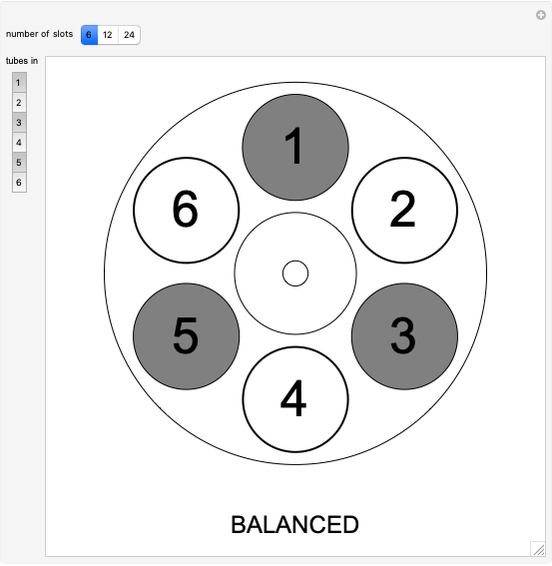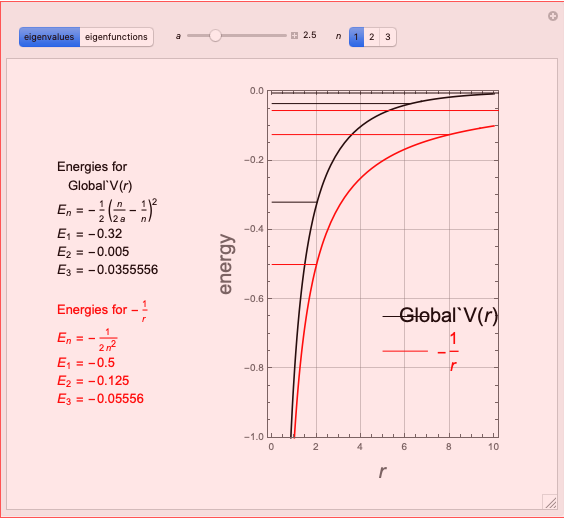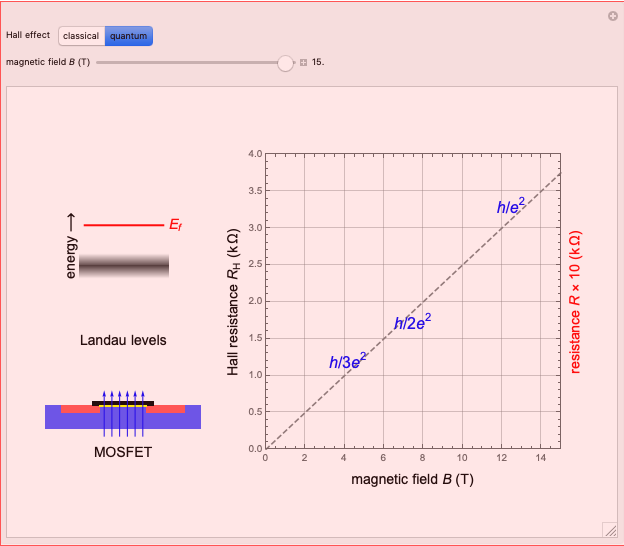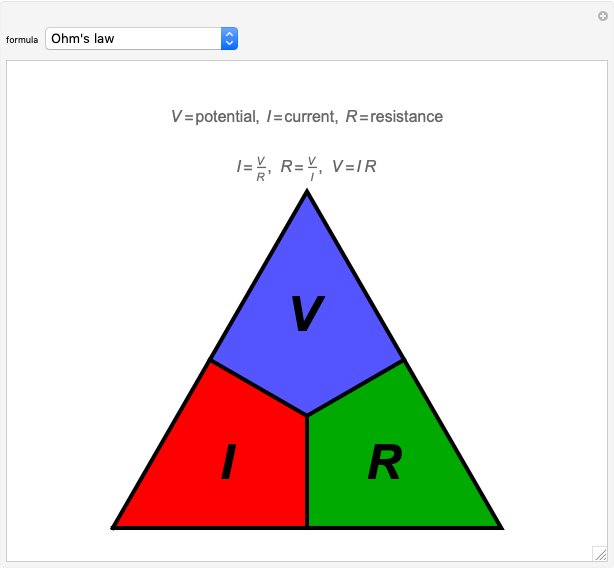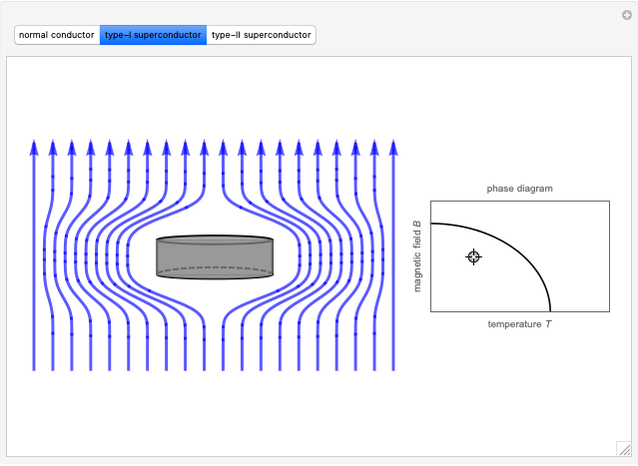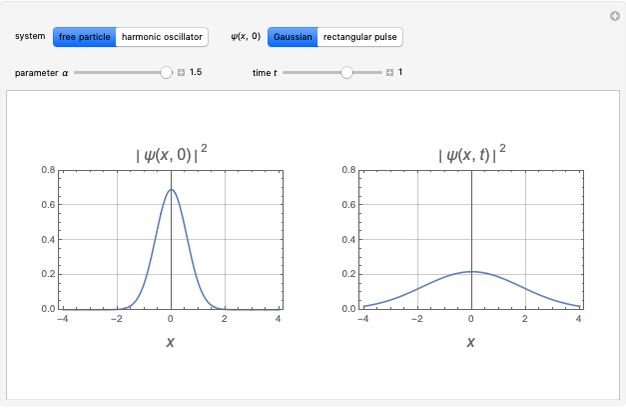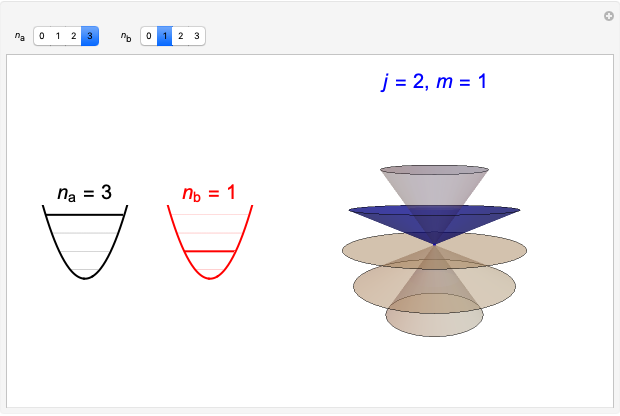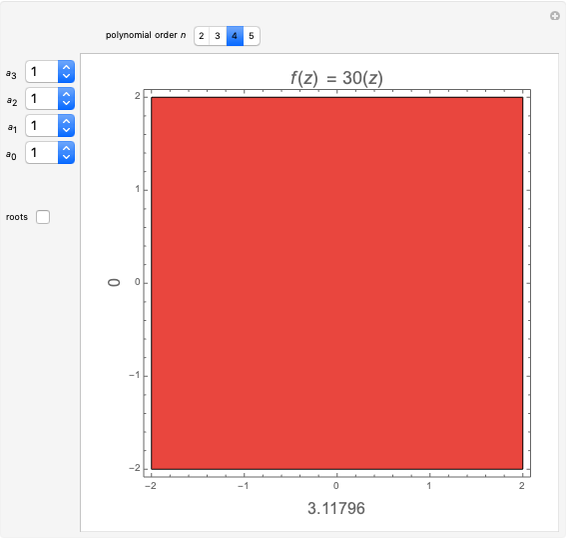Schwinger's Oscillator Model for Angular Momentum

Requires a Wolfram Notebook System
Interact on desktop, mobile and cloud with the free Wolfram Player or other Wolfram Language products.
In an internal Atomic Energy Commission document published in 1952 [1], Julian Schwinger developed the quantum theory of angular momentum from the commutation relations for a pair of independent harmonic oscillators. This work has since been subsequently quoted many times [2, 3]. A simplified version of the derivation is given in the Details. This Demonstration shows the angular momentum states  ,
,  derived from the quantum numbers
derived from the quantum numbers  for a pair of harmonic oscillators, with
for a pair of harmonic oscillators, with  .
.
Contributed by: S. M. Blinder (February 2020)
Open content licensed under CC BY-NC-SA
Snapshots
Details
A pair of uncoupled harmonic oscillators, designated a and b, can be defined by raising and lowering operators with commutation relations
 ,
,  .
.
It can then be shown that the operators
 ,
,  ,
, 
obey the canonical commutation relations for angular momentum:
 ,
,  ,
,  ,
,  .
.
The number operators for the two oscillators are given by
 ,
,  ,
,  ,
,
with corresponding eigenvalues  ,
,  ,
,  , each equal to an integer
, each equal to an integer  .
.
In terms of the number operators, relevant angular momentum operators can be expressed as
 ,
,  .
.
The quantum number  evidently can be identified with
evidently can be identified with  , with possible values
, with possible values  . Analogously,
. Analogously,  , running from
, running from  to
to  in integer steps.
in integer steps.
References
[1] J. Schwinger, "On Angular Momentum," U. S. Atomic Energy Commission Report NYO-3071, January 26, 1952. www.osti.gov/biblio/4389568.
[2] J. J. Sakurai, Modern Quantum Mechanics, Menlo Park, CA: Benjamin/Cummings, 1985 pp. 217–221.
[3] H. Verma, T. Mitra and B. P. Mandal, "Schwinger's Model of Angular Momentum with GUP." arxiv.org/abs/1808.00766.
Permanent Citation








